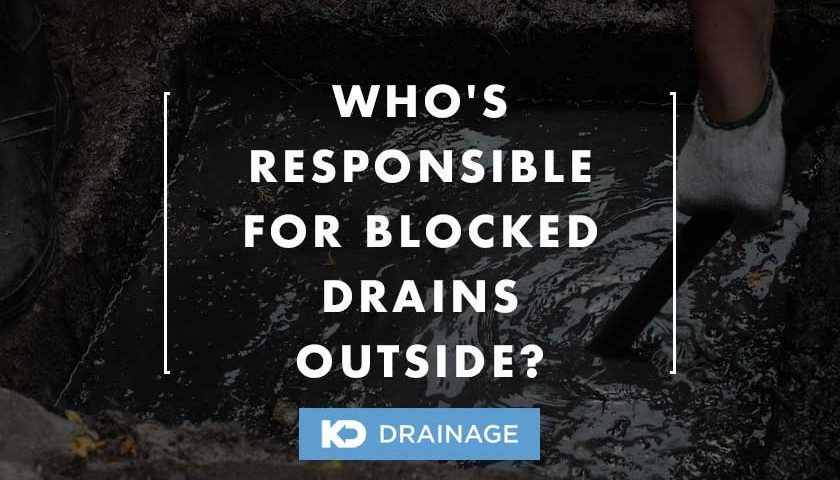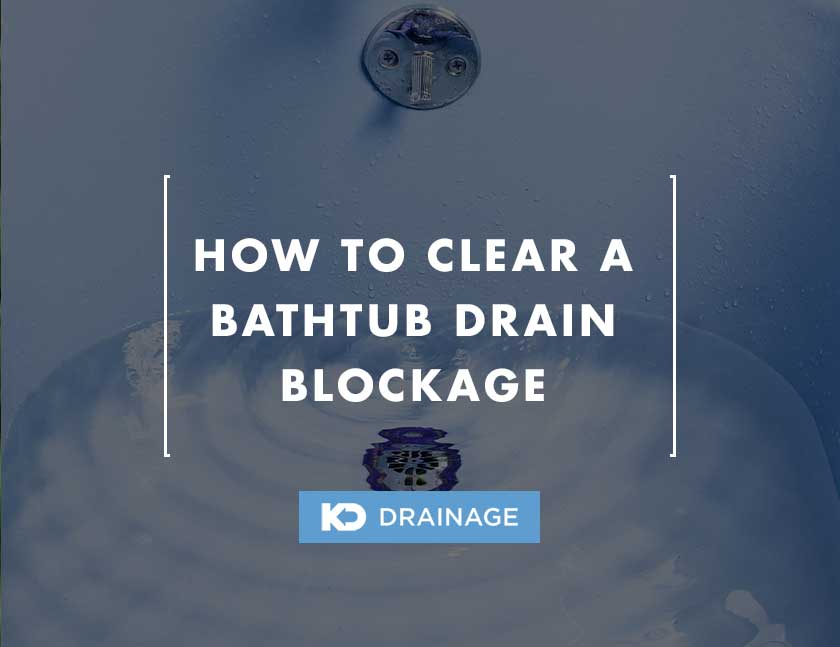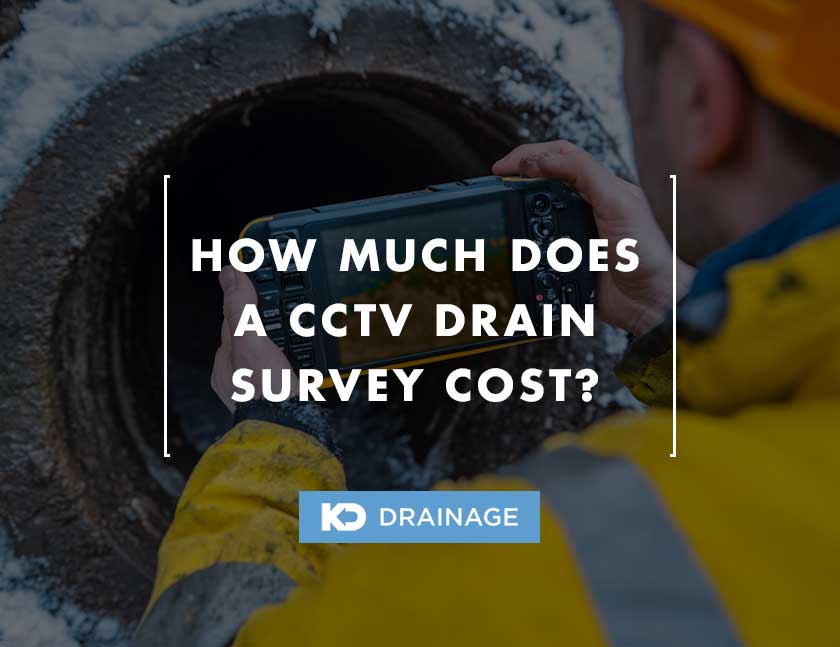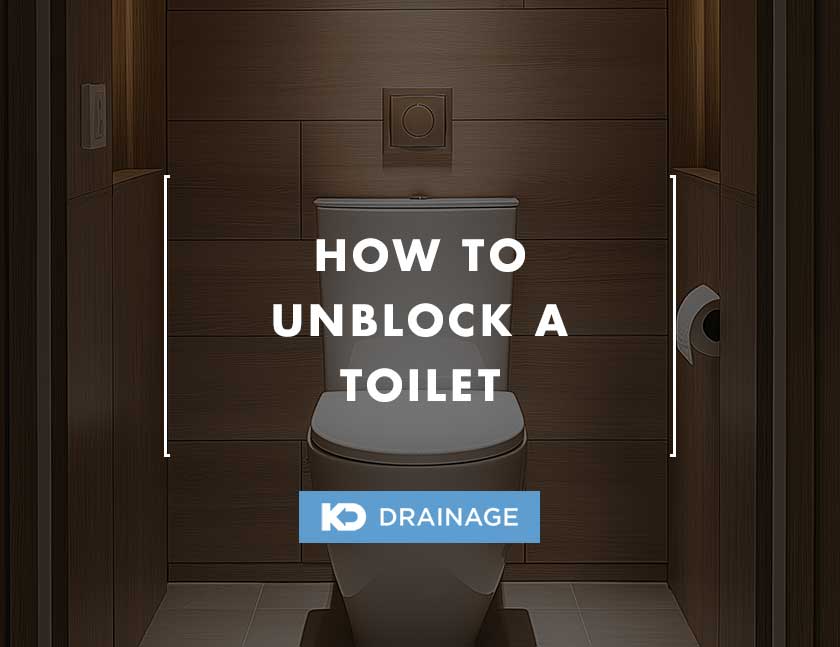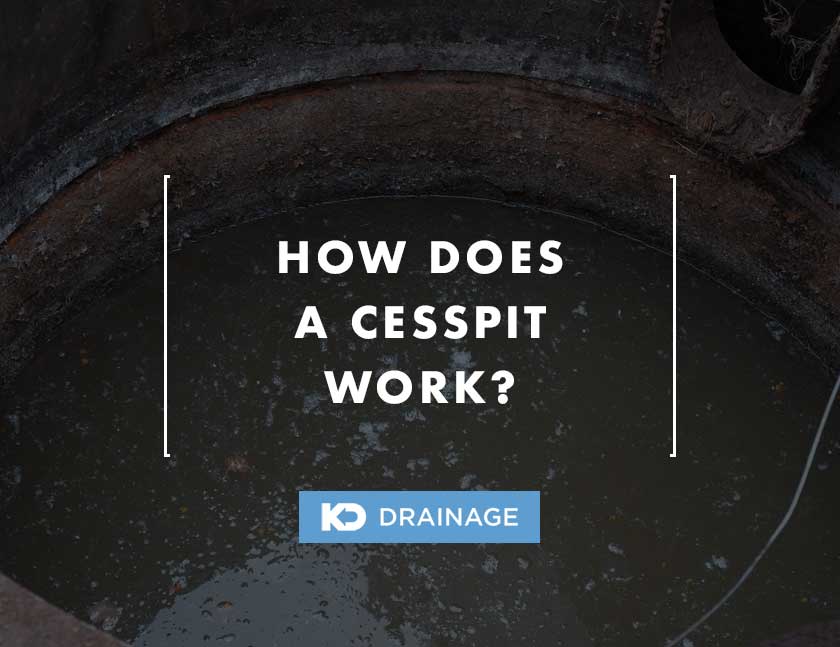
How Does a Cesspit Work?
1 November 2022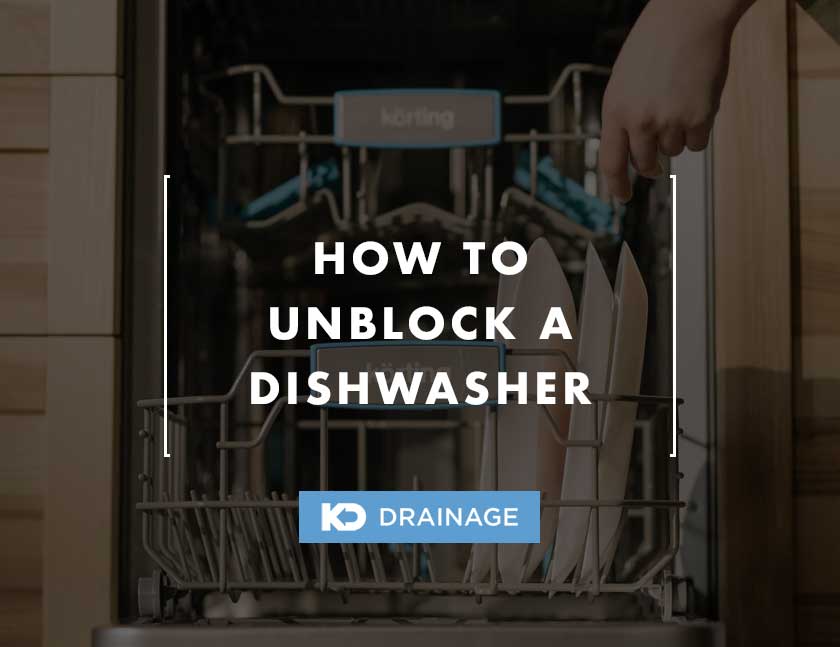
How to Unblock a Dishwasher
1 February 2023Who’s Responsible for Blocked Drains Outside?
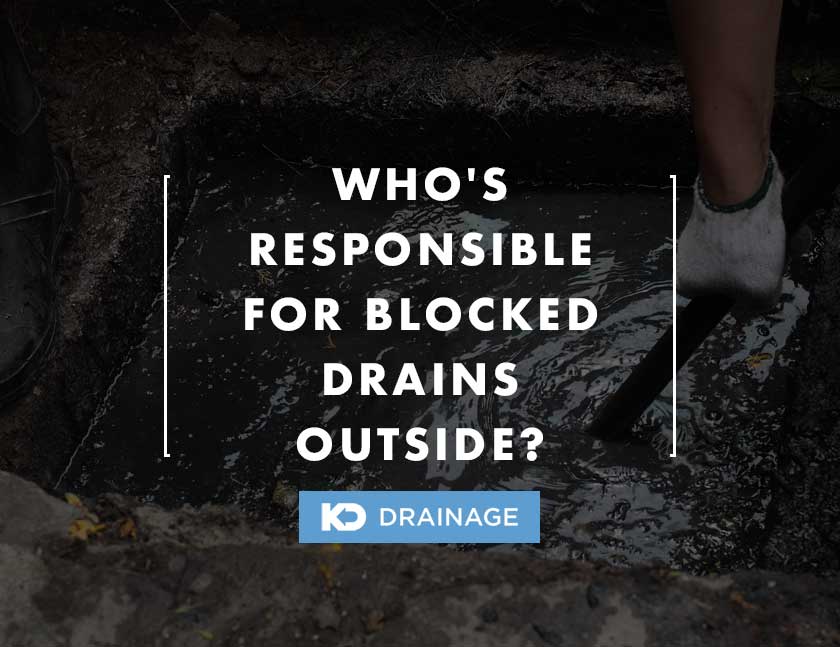
When it comes to outside drains within your property’s boundaries, you’re usually responsible for maintenance and any associated costs.
Lateral drains mostly outside your property boundary fall within the responsibility of your local authority or wastewater company.
There are however, some outdoor drains and sewers categorised as unadopted or private.
If your property is connected to one of those sewers, you will be responsible for maintenance and other costs.
In this article, we examine who is responsible for blocked outdoor drains in greater detail, as in some instances, why it’s not so clear cut.
Table of Contents
Differences Between Drains & Sewers
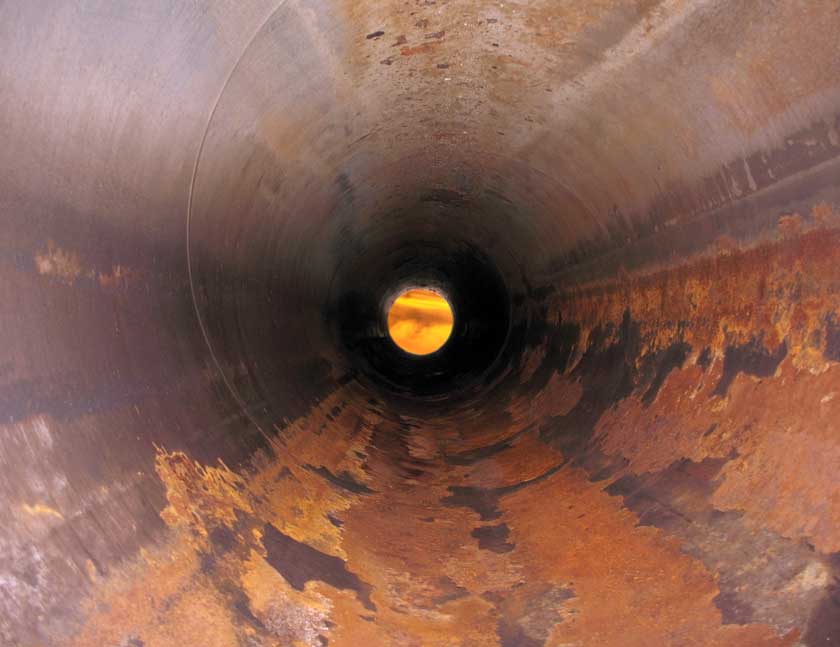
Image credit: Shutterstock
A drain is a plumbing system that removes wastewater and debris from a building and any attached outbuildings.
A lateral drain is a group of pipes that run from your property and connect to the public sewage system.
The pipes are usually connected to the drains in your property and extend beyond, usually underneath the public road and pavement.
Sewers, unlike drains, are larger pipes that gather wastewater and solid waste from multiple buildings and are often overseen by the municipality or sewage companies in your locality.
Although most sewers are owned and maintained by the mains water companies, properties without a direct connection tend to rely on alternative systems such as a septic tank, cesspit, or wastewater treatment facility instead.
Connected private drains to public sewage systems will attract certain fees for maintenance.
Where’s the Drain Located?
The location of the blocked drain will determine who is responsible for fixing and general upkeep.
Generally, drains may be located within the property or may extend outside the boundaries of the property.
Drains found within a private home are the responsibility of the homeowners, and they will have to pay all costs associated with unclogging any drains that become blocked.
However, some drains located outdoors are buried deep underground.
Local authorities or wastewater companies are responsible for those drains.
Unadopted drains are usually the responsibility of those whose property is found on them.
What’s a Lateral Drain?
A lateral drain carries wastewater from your home to the public sanitary sewer underneath the street.
In other words, it’s the pipeline that connects your property’s drain system to the public drain system.
In certain cases, the lateral drain may be underneath the property during joint or shared sewages.
Also, the private sewers transfer regulation which governs England and Wales, transferred ownership of drains connected to public sewages before 1 July 2011 to local sewage companies.
This arrangement extended to lateral drains in October 2011.
Contact your local water and sewage authority in case of a leak or any damage.
If left unchecked, cracks or leaks may allow groundwater into the sewer system, which may overwhelm it.
This will cause a backup, where flooding can occur as well as wastewater returning to the property.
Drain Repair Responsibility
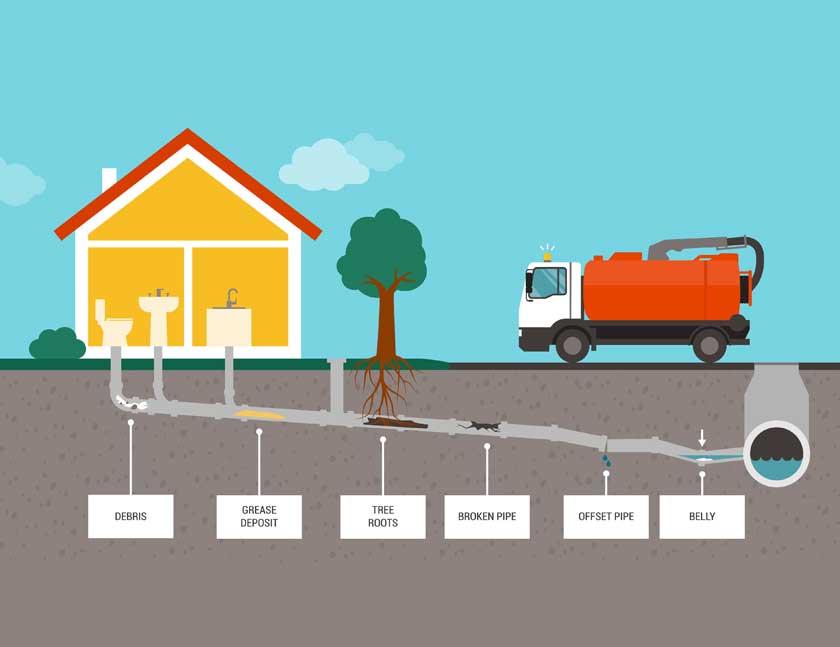
Image credit: Shutterstock
Private homeowners are liable for the upkeep and repair of any drains within their properties.
In addition, lateral drains between properties generally fall within the domain of water providers and local authorities; not property owners.
You should consult a professional drainage contractor to help check and repair leaking or damaged pipes within the property.
It’s not uncommon to insure against damage to drains within the properties.
Some neighbourhoods require insurance cover to be taken against damages to the drains within their properties.
The environmental health department at your local government may force you to fix broken drains in your properties, especially if they believe your drain is inadequate for your home or if it frequently becomes clogged.
They may complete the task and expect you to financially compensate them for any associated costs.
Sewer Repair Responsibility
Historically, the property owner was obligated to maintain lateral drains and sewer connections to the public sewage system.
However, these responsibilities now fall under the remit of municipal water companies.
You should contact the water provider in your local area for issues such as a clogged lateral drain or sewer.
Your local water company may request access to your property during maintenance or for an inspection of the sewer.
Sewers on Private & Unadopted Roads
Sewers located on private or unadopted roads will not be maintained by the local water companies.
One should note that sewage or water companies only have responsibility over sewers located on public highways.
In cases like multi-unit buildings or in caravan parks, private owners who stay within these properties are responsible for maintenance and all associated costs of these private or unadopted sewers.
If a private sewer or lateral drain is not properly maintained, you may be required to make repairs or clear any obstructions by the local environmental health agency.
They may also undergo these repairs on your behalf and at your expense.
Landlord vs. Tenant Responsibilities
Typically, tenants can charge their landlords for any necessary repairs made to the property, including drains.
Tenants may find this to be a significant benefit by not having to pay additional expenses for general day-to-day property maintenance.
However, the lease could specify that the tenant(s) is responsible for all or part of the coasts, so it’s always worth checking.
The lease agreement will outline the responsibilities of each party in the event of any maintenance or repair issues.
If someone is renting or thinking about renting a property that might have drainage problems, they can:
- enquire with the property manager or landlord.
- read through the full terms of the lease agreement.
What About Drain Covers?
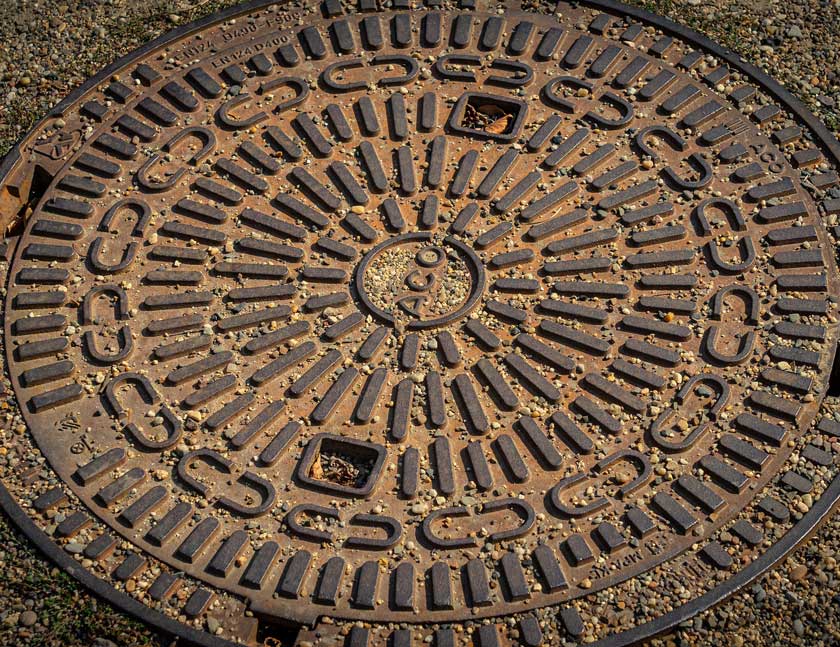
Image credit: Pixabay
The property owner may or may not be responsible for maintaining the drain cover – the flat circular drain access opening.
A public drain is one that is managed and maintained by a public entity, such as a city or water company.
This still applies even if it’s on your own property, like a driveway.
The homeowner must maintain any private drains on their property.
If a person needs clarification on whether or not a given drain is public, they might look for identifying symbols on the drain cover.
The property deeds should also reveal more information about the drainage system, and who is supposed to oversee it.
A water company’s logo or name on the cover is a telltale sign that it’s not private.
Who to Contact If You’re Unsure
Drainage systems and sewers fall under the remit of your local water company, which can be contacted if any confusion arises.
Whether or not you, as a tenant, are responsible for certain costs will be outlined in the lease.
For example, the management firm is responsible for making all of the necessary preparations in multi-unit buildings.
A sewage or drainage issue might be a tricky nut to crack.
But after reading this piece, you should clearly understand who is responsible for clearing a clogged drain: you, your landlord, or your government/local authorities.
Conclusion
If you are confused about whether your drain is connected to a public sewer or as to who is responsible for fixing it, you may check with the sewage company.
You may also check the deeds of your property.
Make sure to inform your local authorities if you notice a leak or damage with the drain.

